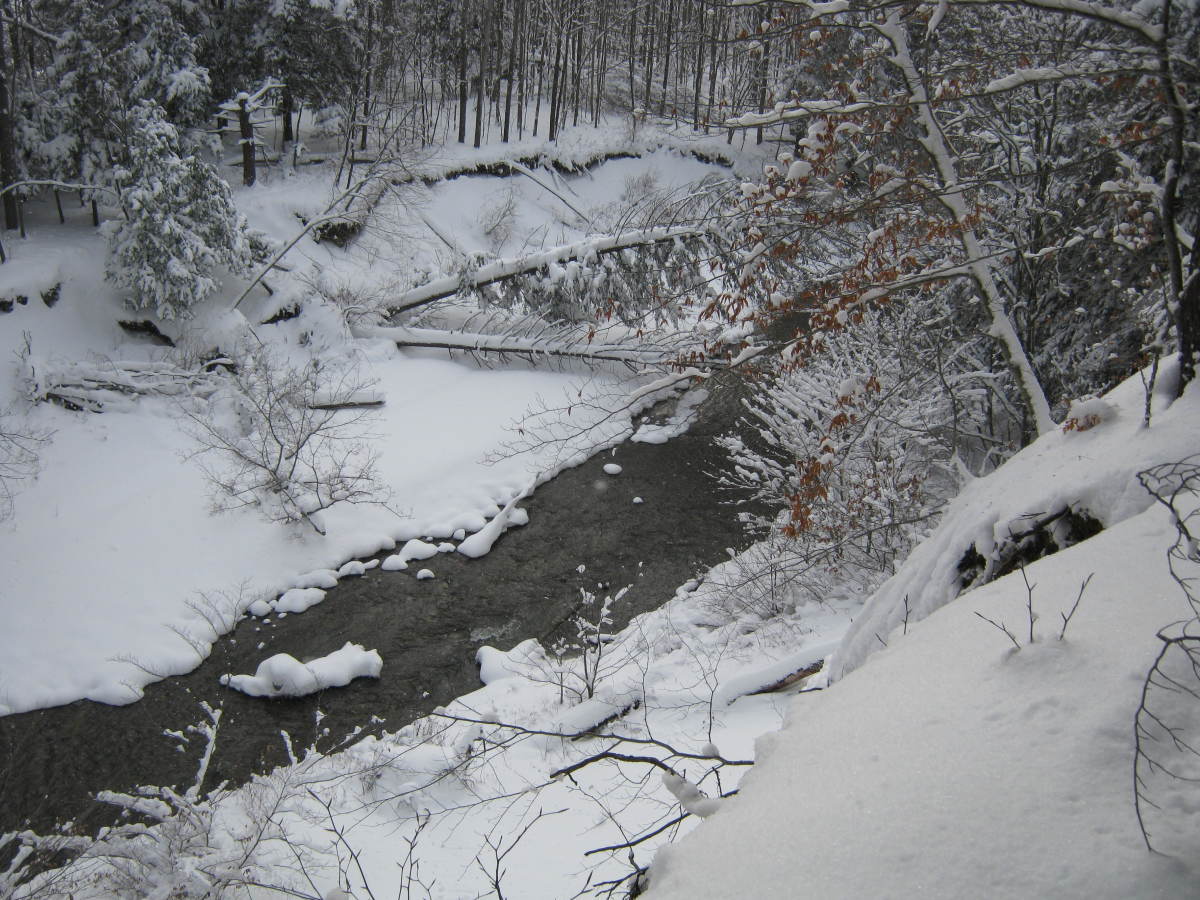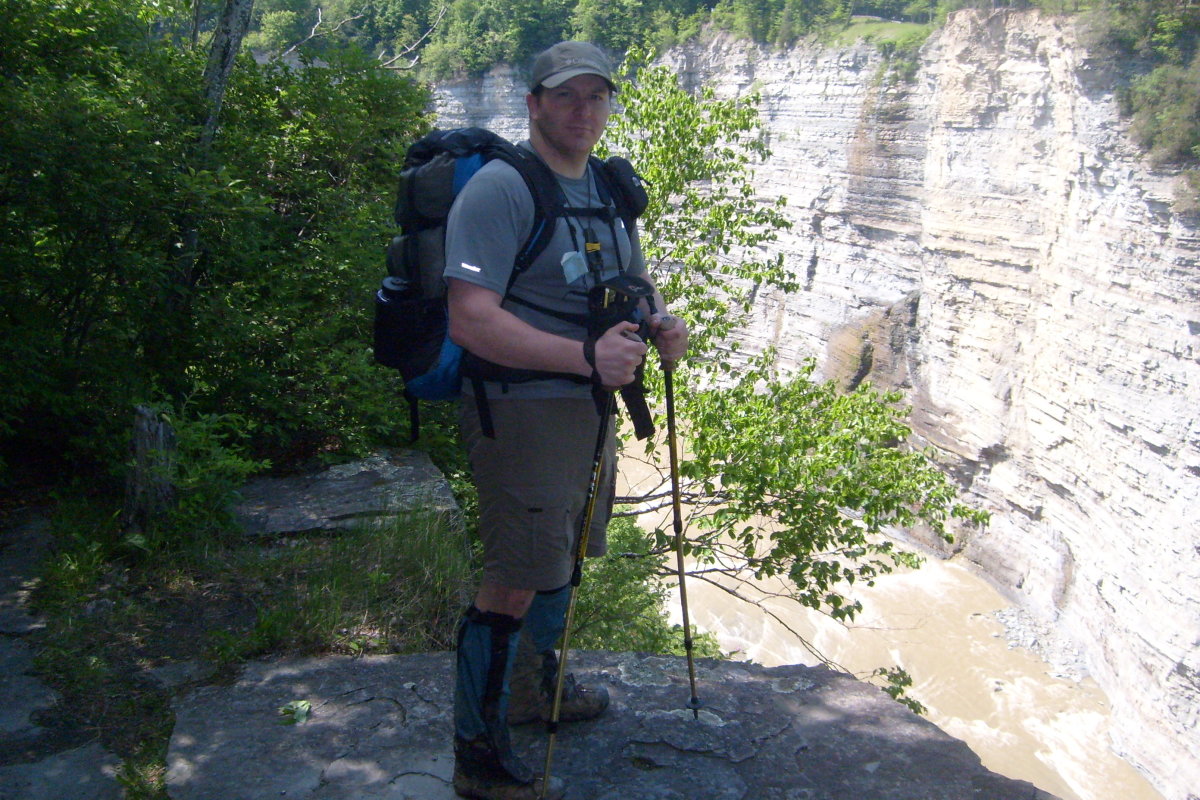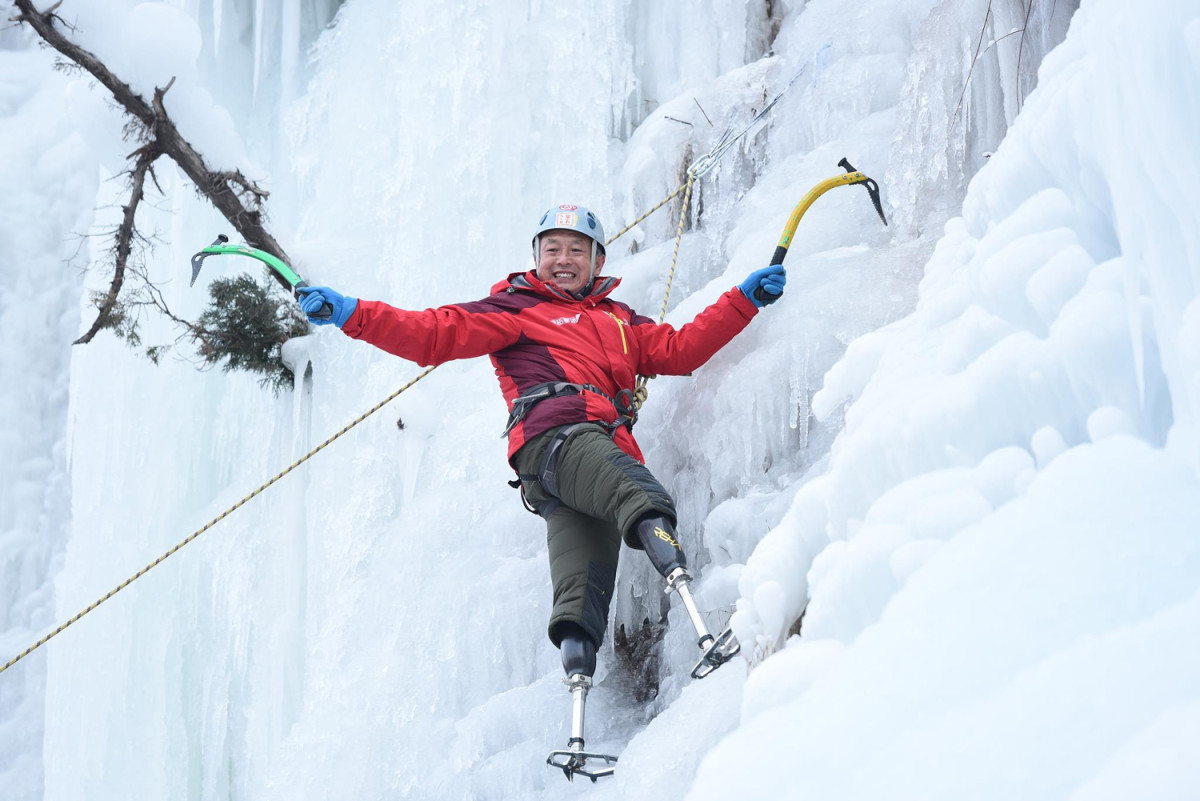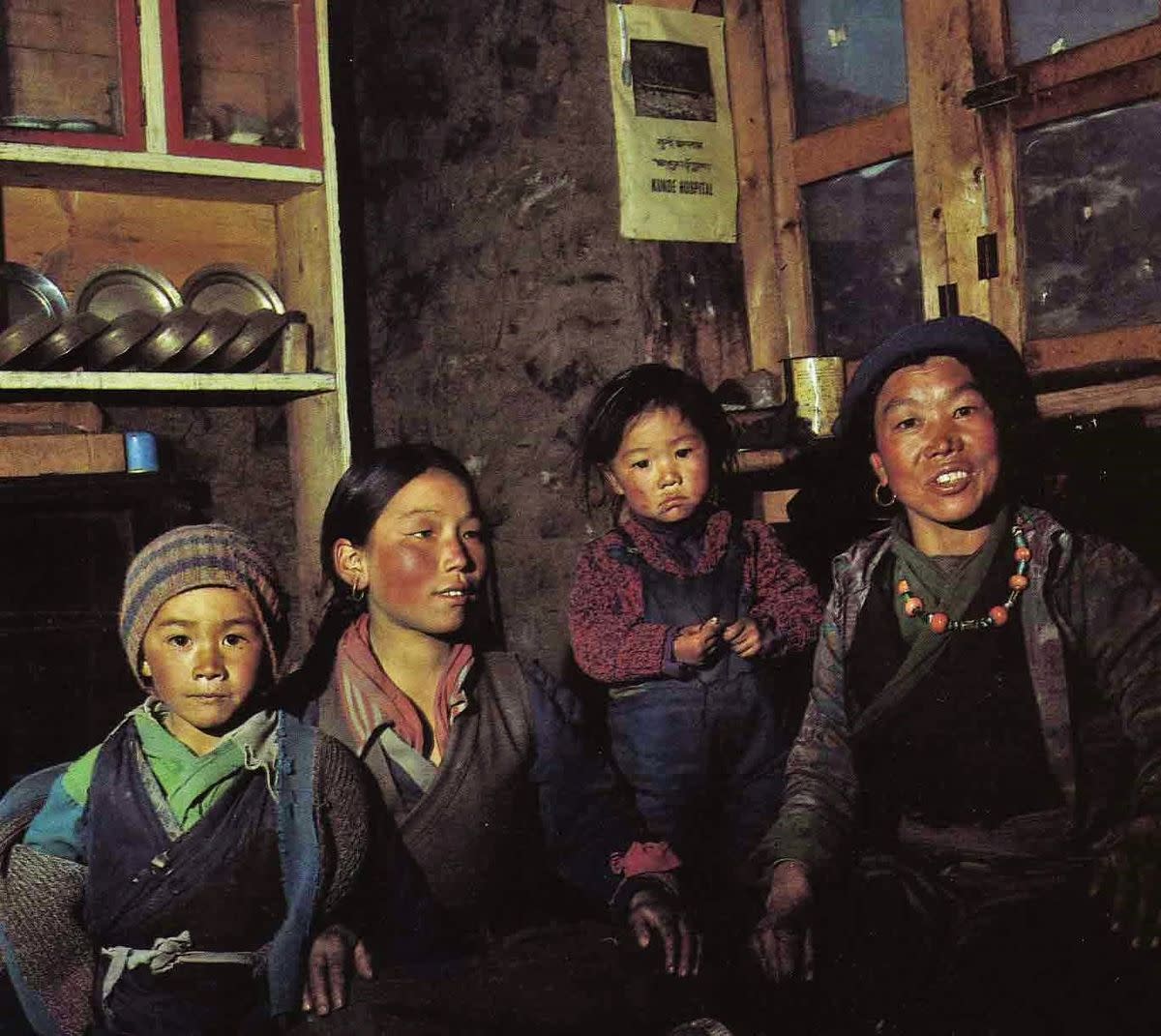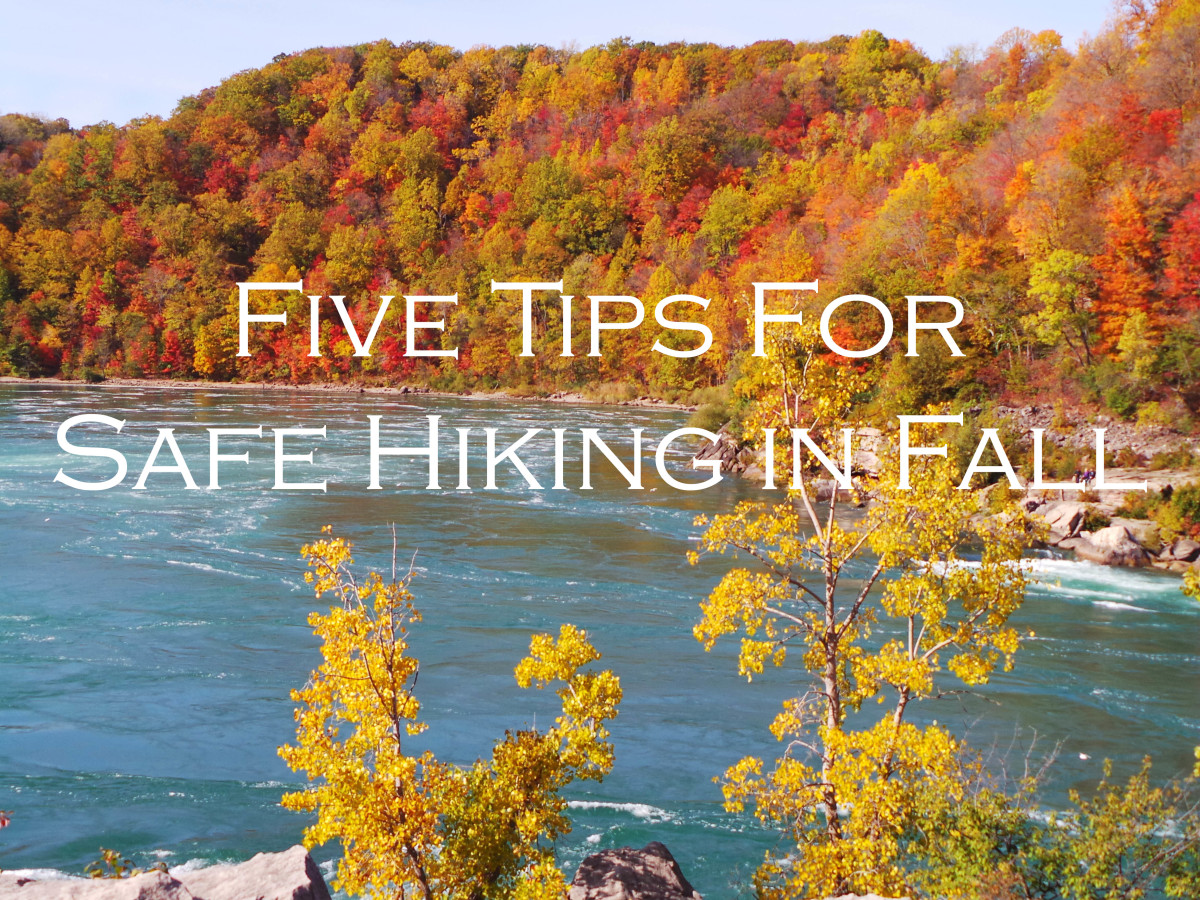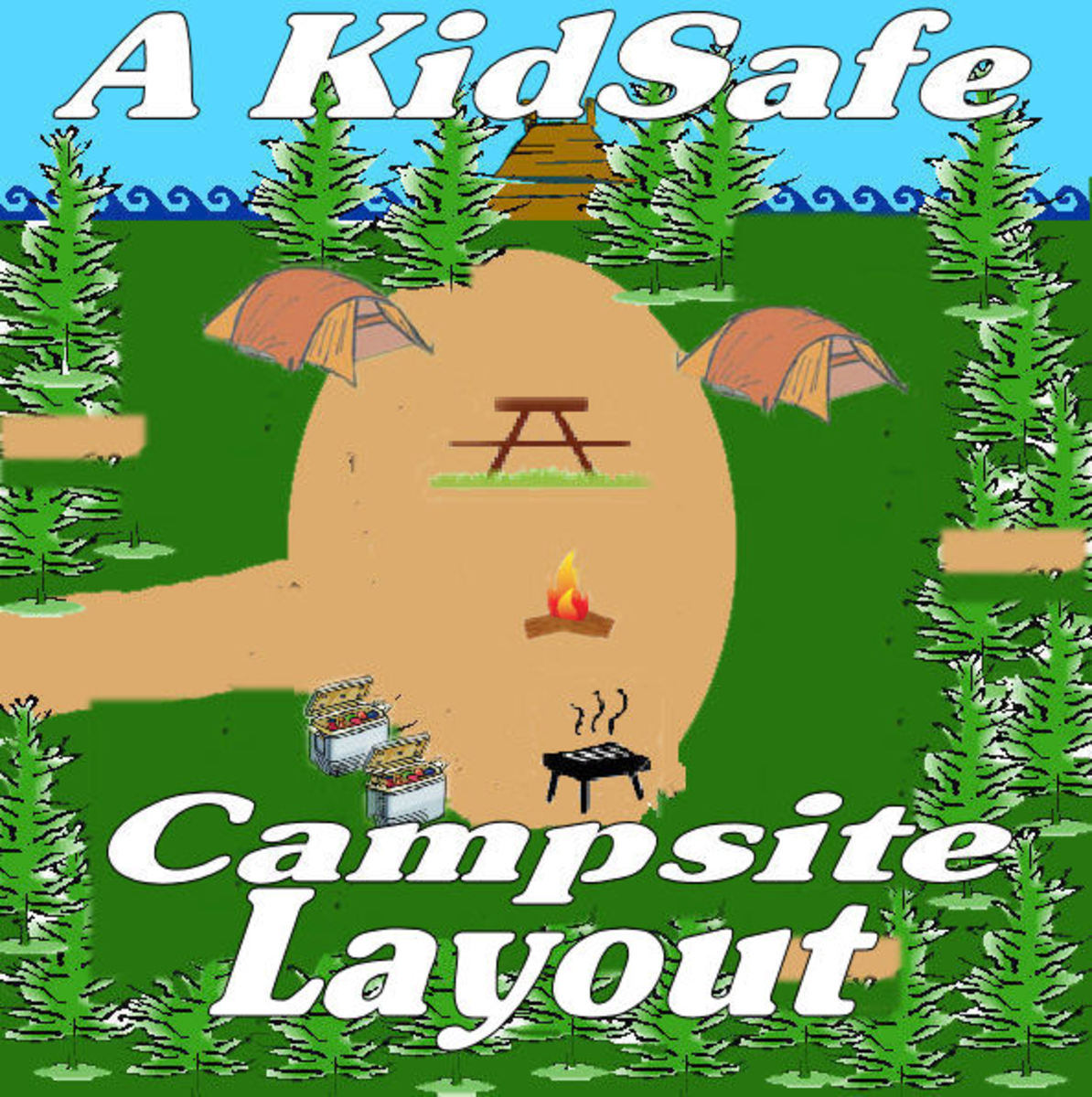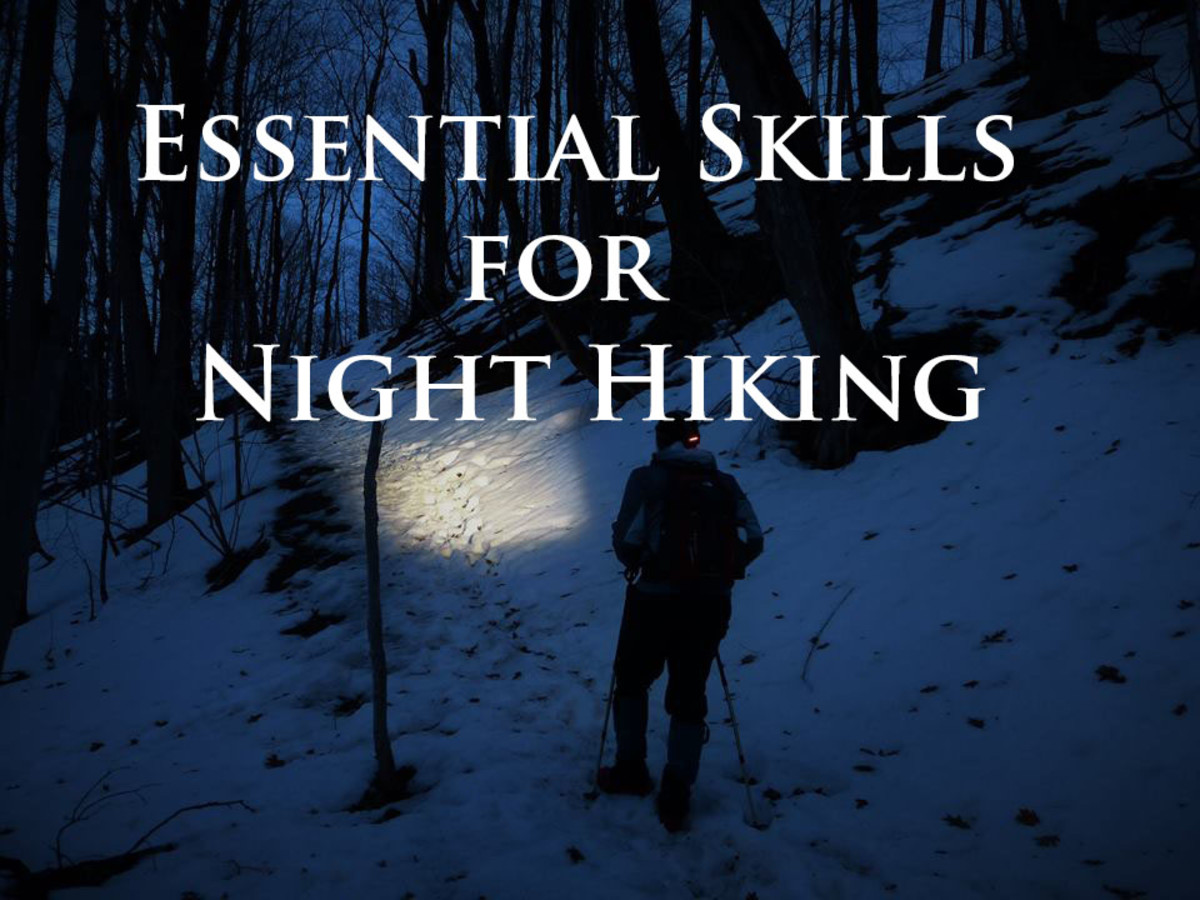The Mount Everest Base Camp Trek - Easier and Cheaper Than You Think
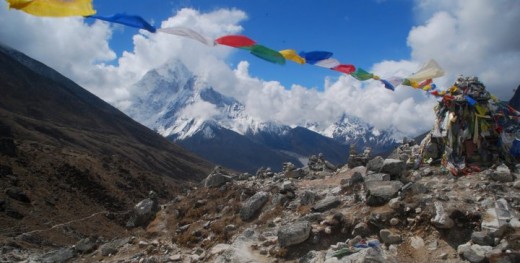
Almost anyone would consider it the adventure of a lifetime. You might believe that to make it to Mount Everest Base Camp, where the world's elite mountaineers camp for months for just a single attempt at the summit, you would need extensive climbing experience and deep reserves of disposable savings. In fact, this unique adventure is far easier and cheaper than you'd think. This page is intended to tell how you can pull off the famous base camp trek.
Getting to Kathmandu
Kathmandu is a generally expensive airport to fly into, especially via direct flight. It's generally far cheaper to fly into New Delhi or Calcutta and then take another flight to Kathmandu, though it's worth comparing on flight search engines such as kayak.com.
If you transfer in India, however, the visa issue can be tricky. You can get a cheaper transit visa if you'll be in India for less than 72 hours, but it's good for only one entry. If you stop through India again on your way back to your home country, you'll need to apply for another transit visa from Kathmandu.Transit visas usually cost $10-30.
You can also get a double-entry tourist visa, which will cover you for your transfer in the airport on the way in and the way out, but this is a bit more expensive than two transit visas. A double-entry visa can cost anywhere between $60 and $120, depending on your nationality and where you apply.
If you're planning to transit through India the visa issues can get complicated. It's worth some thorough investigation. Click here for a helpful guide from About.com.
Buying Gear in Kathmandu
Since Nepal is one of the poorer countries in Asia, travelers may be concerned that they won't be able to get the equipment they need in the country. In fact, just about everything you might want can be found in Thamel, Kathmandu's tourist and trekking center. I certainly hadn't done any preparation before I got there. Here's info on some of the bigger items you'll need, though a recommended full list can be found below. Lonely Planet's guide also has helpful advice on what to bring.
Sleeping Bag: There's actually no need to buy one of these. You can rent high-quality sleeping bags that take up little room in your backpack for a mere 50 cents per day. I'm not sure if these are adequate for camping, but for standard teahouse trekking they do the job perfectly.
Down Jacket: During most of the year it will be warm enough during the days to hike in a t-shirt or fleece. When you reach a lodge to stop for the night, though, you'll need a thick jacket to keep warm. Most lodges have fireplaces in the main room, but sleeping quarters aren't heated. Luckily, you can also buy these in Thamel or rent them for about 50 cents per day.
Fleece Jacket: During day hikes at higher elevations the breeze can be quite brisk, so it's good to have your a fleece (or two). You can buy these in Thamel for as cheap as $4, but it's also easy to find higher-quality garments.
Hiking Boots: You can buy a pair of boots in Thamel, but it's best to buy them well ahead of time so you can break them in. You can easily get blisters if you hike all day in new boots, and this can end up making your whole trip very uncomfortable. Some have even had to turn back early because of blisters.
Quick-drying pants and shirts: You can find hiking pants in Thamel for between $5-10. The pants that you can zip off at the knee and also use as shorts are the most convenient. Dry-fit t-shirts are far better than cotton as they keep you warmer, don't stick to the skin as much when wet, and are easier to wash and dry along the trail. Long-sleeve shirts are good for protecting your arms from the sun, but make it harder to keep cool. I actually got quite hot during many uphill day-hikes with my big backpack, so I often hiked in a short-sleeve dry-fit shirt.
Other gear: There are quite a few other items you'll need, such as sunscreen, sunglasses, water-purification tablets, hiking socks, etc. I won't get into listing them all here. Click here for a good checklist summarizing what you'll need.
Should I Hire a Guide or Porter?
Guides are surely helpful on the trip, but not needed. They're good to have around in an emergency situation, but as long as you take it slow and avoid altitude sickness there should be little danger on the trip.
The trail to Everest Base Camp is easy to follow, and there are villages and guesthouses positioned every few kilometers for most of the way to the top. If you're on the trail during high season you'll run into lots of hikers along the way, so it's easy to share information on the route.
If you're healthy, it's not difficult to make the trek while carrying your own bag. However, porters are great to have around if you catch the stomach rumbles or some other niggling ailment that makes carrying your pack especially bothersome. Porters cost $15-20 per day. It can be difficult to find them along the trail, however. It's easy to arrange one in Kathmandu, but unfortunately at that point you don't yet know if you'll really need it.
Flying to and from Lukla
Most hikers fly from Kathmandu and experience the stomach-turning landing at Lukla, then begin their trek from there. It's possible to hike all the way from the Kathmandu Valley, beginning in Jiri, but this adds a taxing six-day hike one-way. The flight from Kathmandu to Lukla costs around $120. There's no need to book a return flight. It's better to keep a more flexible schedule so you don't have to try to rush to finish if you get delayed along the way. You can easily buy your ticket from Lukla back to Kathmandu in Namche Bazaar, a two-day hike from Lukla. You may have to wait a day or two to get a flight if you're in the middle of high-season, though.
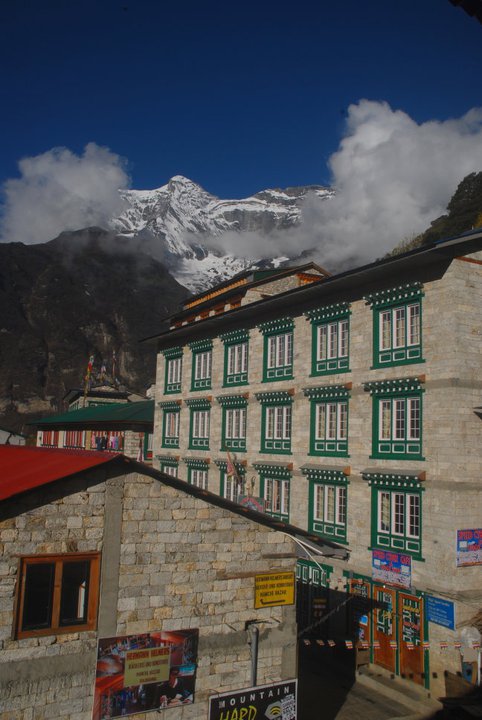
The Everest Base Camp Trek
If you begin at Lukla the hike will cover about 75 miles (120km) and you'll lose and gain about 10,000 feet (3000m) in altitude. If you hike at the recommended pace you'll spend about 8 days on the way up and 3-4 on the way down.
Accommodation and Eating
There's no need to camp during the hike if you don't want to. Every village has plenty of trekker's lodges, which usually charge $2-4 per night for a room. However, they impose a high fine ($10+) if you eat outside the lodge. This doesn't mean you can't go out to buy snacks, but they will expect you to have dinner and breakfast there. Meals get more expensive the farther you go up the mountain as yaks and porters must carry nearly all the food to the lodges. A hearty plate of fried noodles would run around $3-4, pancakes around $2-3, hot chocolate around $1-2.
There are also numerous provision shops in villages along the trail where you can buy crackers, cookies, candy bars, sugary drink mixes, soap and other toiletries, and a few other common items that you might need. Expect them to be about 2-4x more expensive than they would be in Kathmandu.
Villages are fairly common at lower elevations, so you'll pass through a few where you can take rest stops during the day's hike. Not so for the 3-4 days when you're near base camp, where the few hamlets like Pangboche and Gorak Shep stay in operation only to accommodate trekkers.
In total, $15-20 per day should cover food and lodging pretty well.
Toilet Facilities
While the trek may seem easier than you expected, don't necessarily let the same optimism run into your expectations about toilet facilities. Heating water is difficult on the mountains, so lodges charge between $2-5 for a hot shower. Cold showers are free, and you'll find they aren't so bad if you work up your body heat by shadow boxing while you're in there.
Quite a few lodges have western-style toilets, but it's likely that you'll end up squatting at some point on the trip. You'll need your own toilet paper, which you can buy at many points along the trail.
The Trekking Routine
Most trekkers get up around 7 AM to have breakfast and hike in the morning soon after the sun rises. You'll usually hike for only 4-5 hours per day because you must limit how fast you ascend the mountain. This leaves you with a surprising amount of free time and few modern means of entertainment.
You can find internet access at small cafes all the way up to Gorak Shep, which is the final village before Everest Base Camp. However, it gets quite expensive at higher elevations (around 25 cents/minute). Most trekkers read, nap and fraternize with other hikers in the lodge to pass the afternoons and evenings before heading to bed around 9PM, when the lodge owners generally let the fire go out.
The Importance of Going Slowly - The Danger of Altitude Sickness
It's important to resist the urge to push on to the next village on the map, despite the advice of your guidebook. You may feel fine after the morning's hike, but even though you could easily reach the next town before sundown you run the risk of becoming seriously and perhaps fatally ill. Going up slowly allows your body to acclimatize, which generally means that the air pressure in the cavities inside your head equalizes with the air pressure outside. Going slowly minimizes your
chance of suffering altitude sickness. You can learn more about altitude sickness here.
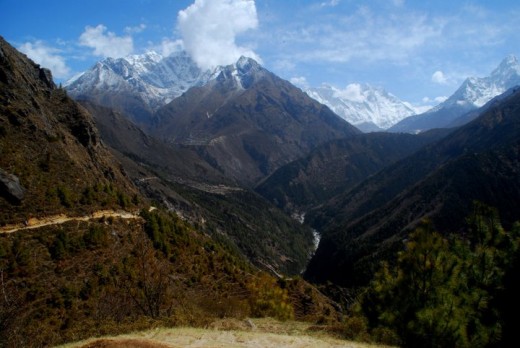
Cost Estimate
This page is only an introduction to the Everest Base Camp trek, intended to encourage people who might never have thought of doing it. There are many sites out there with more-detailed itineraries and medical advice. To sum up, I'd like to give a little estimate of the total cost for the Everest Base Camp Trek.
- Flight tickets (Kathmandu - Lukla - Kathmandu): $120 x 2 = $240
- Rented Gear (down jacket and sleeping bag): $1/day x 13 days = $13
- Hiking Boots: $40-70
- Shirts, Pants, Fleeces: $30
- Other Gear (medicine, snacks, etc.): $120
- Accommodation and Food: $15-20/day x 13 days = $195-260
- Park Entry Fee: $12
The total estimated costs come out to only $650-750, plus the cost of getting to Kathmandu.
I saw men and women from around the world, aged anywhere between 20 and 70, while I was on the trail. As long as you're reasonably fit you should be able to make it to base camp and Kala Pattar, a nearby peak which is the best spot for viewing the peak of Everest. I hope this is enough to prove that the Everest Base Camp Trek is in fact quite cheap and easy, and if it convinces someone to give it a try then this post has done its job.


